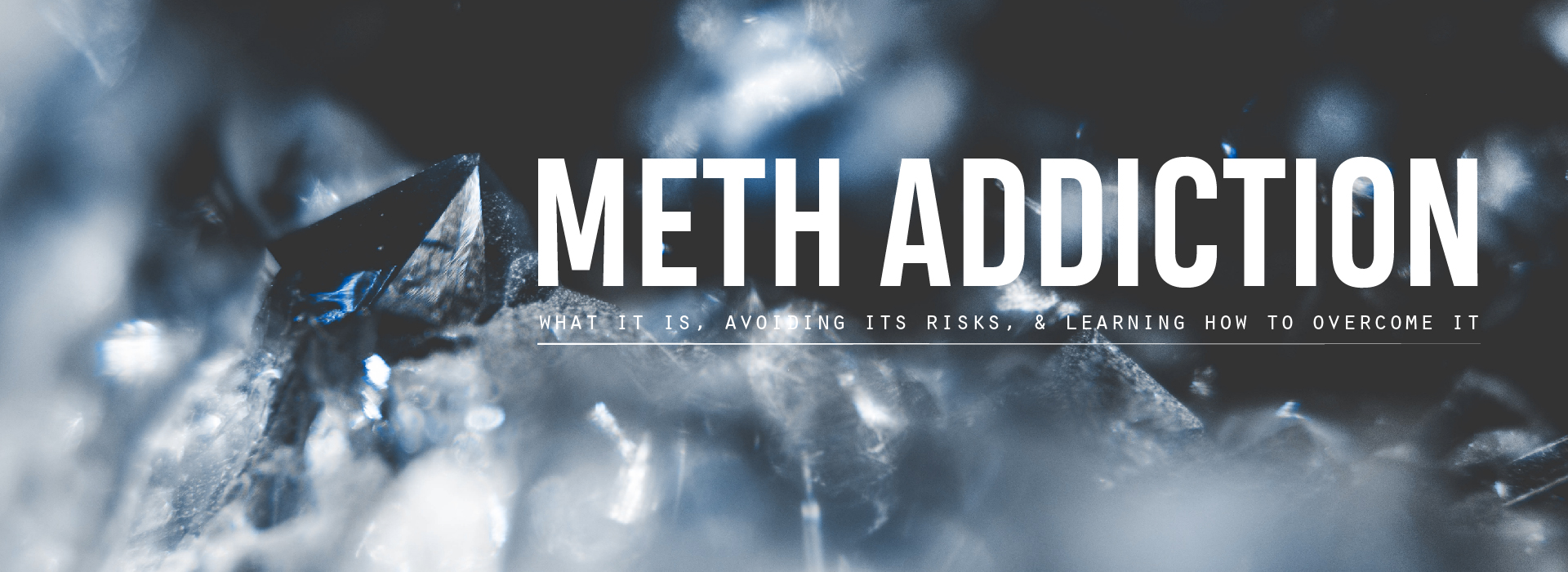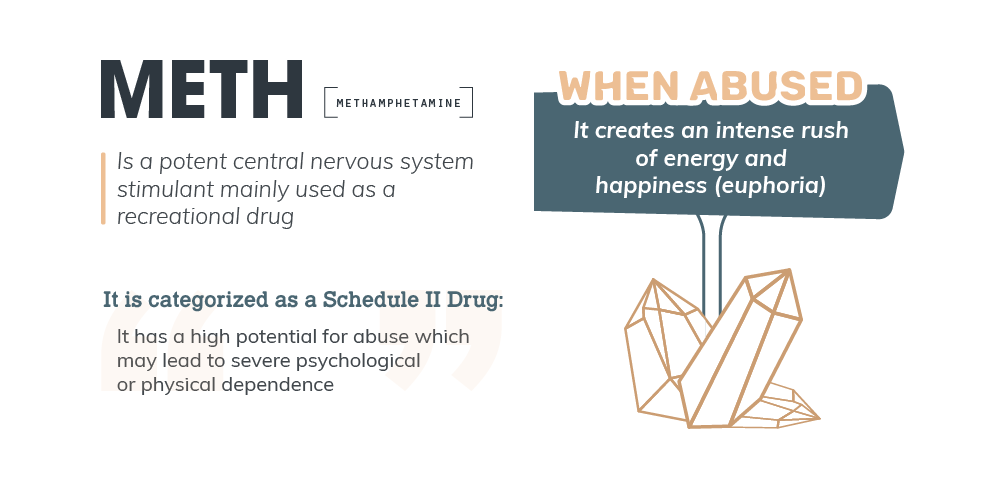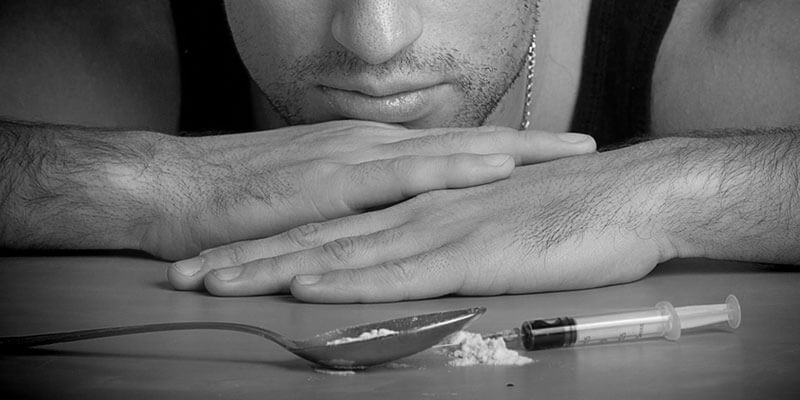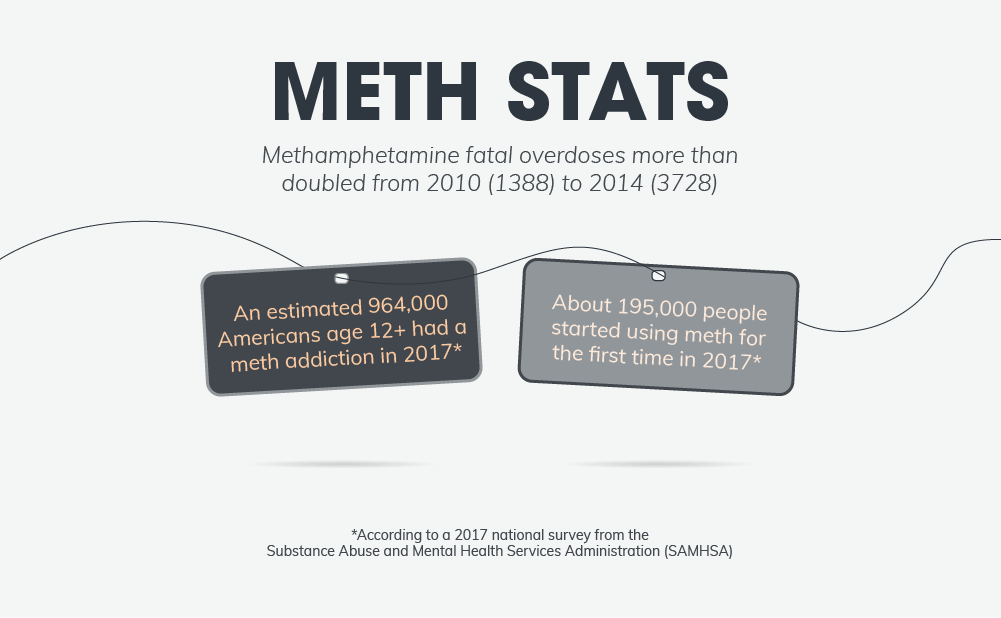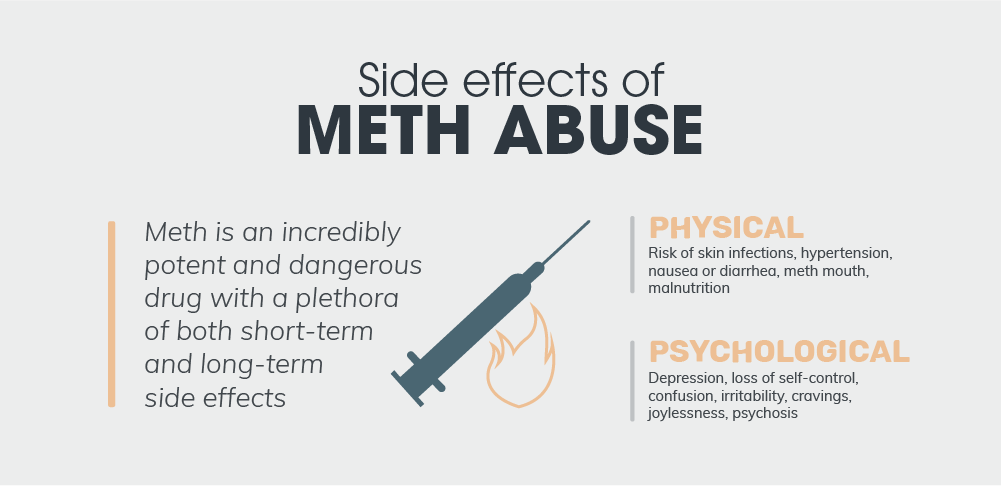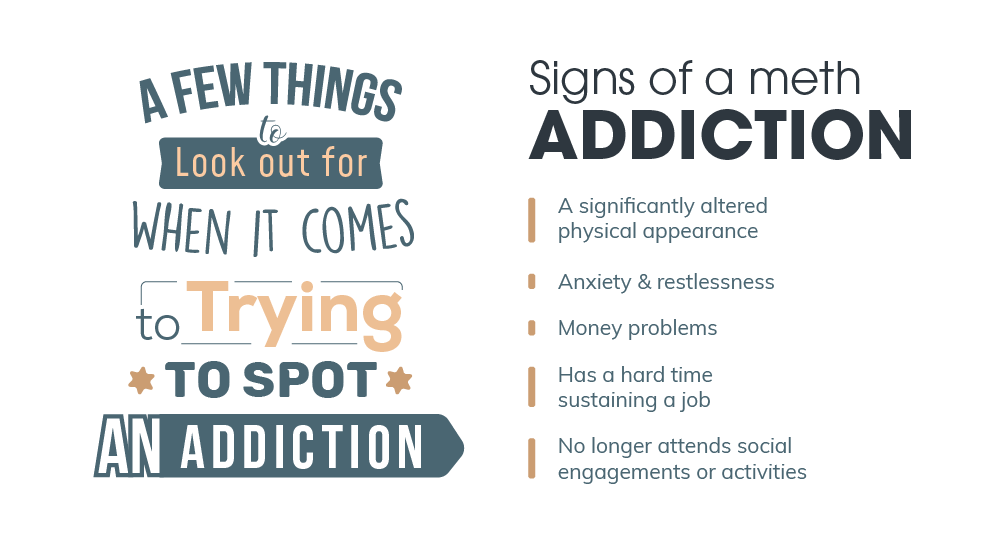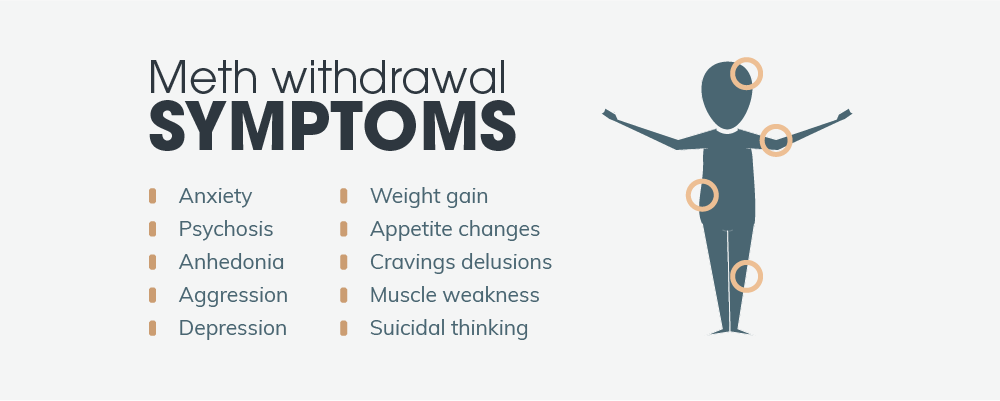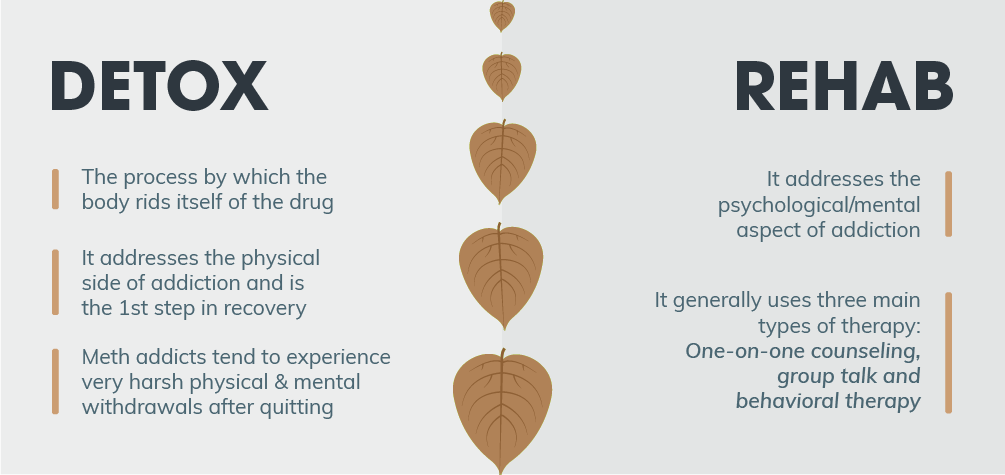Addiction is more of a pattern of behaviors rather than a single instance of use. It’s helpful to look at a few different definitions of addiction and seeing what aspects overlap.
According to the National Institutes on Drug Abuse (NIDA), addiction is defined as:
a chronic, relapsing brain disease that is characterized by compulsive drug seeking and use, despite harmful consequences. It is considered a brain disease because drugs change the brain; they change its structure and how it works.
According to the American Society of Addiction Medicine (ASAM), addiction is:
a chronic disease of brain reward, motivation, memory, and related circuitry. Dysfunction of these circuits leads to characteristic biological, psychological, social and spiritual manifestations.
Finally, the American Psychiatric Association defines addiction as:
a complex condition, a brain disease that is manifested by compulsive substance use despite harmful consequence.
According to these three definitions, addiction:
- Is a brain disease
- Involves uncontrollable (compulsive) drug use
- Is marked by continued use despite harmful consequences
As you can see, this is much different than abuse. And by definition, using a drug once does not constitute an addiction. It may lead to the development of an addiction at some point. But a substance use disorder is defined by a pattern of behaviors, not just a single event.
For more information on distinguishing between substance abuse and addiction, have a look at these major differences.

